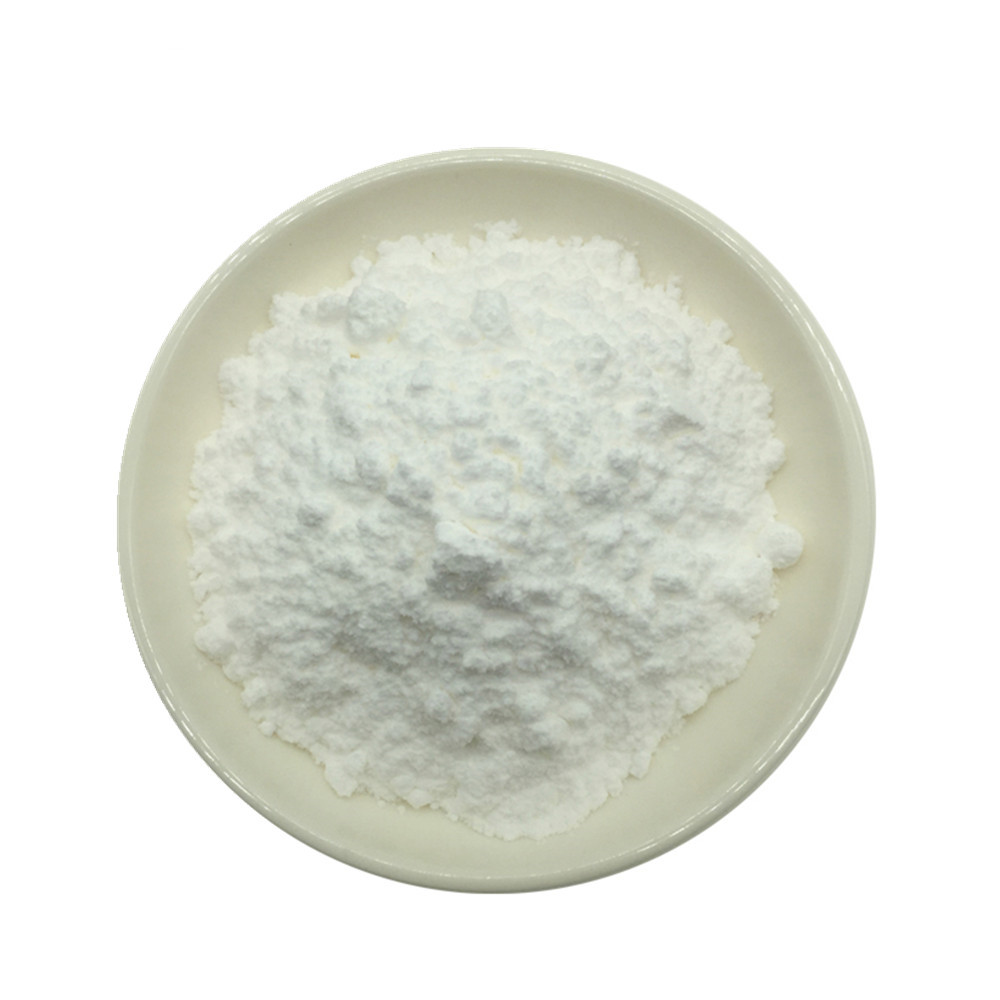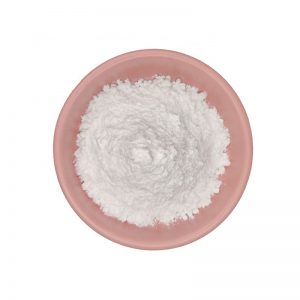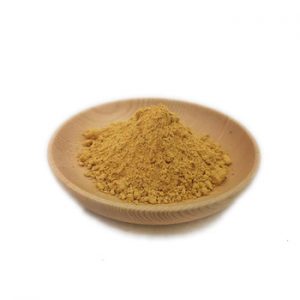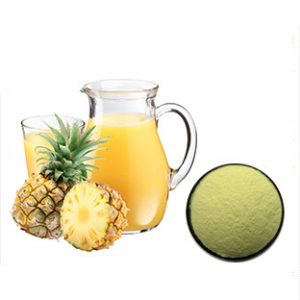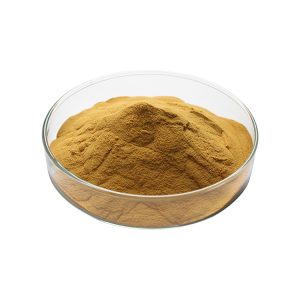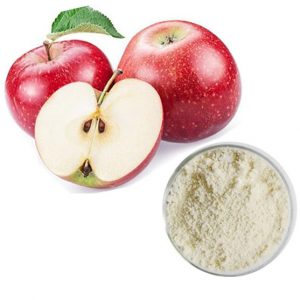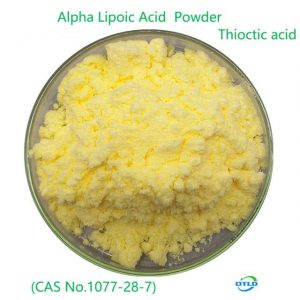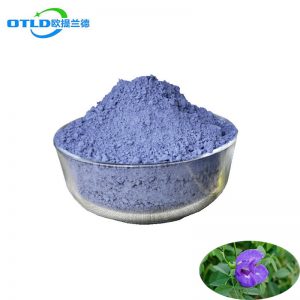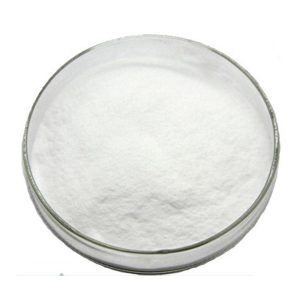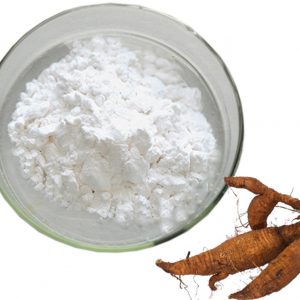Quinine hcl Powder
$245.00 /kg
- Description
- Additional information
Description
|
Test Item |
Specifications |
|
Identification A,B,C,D,E |
To pass tests |
|
Clarity and colour of solution |
Clear and colour≤Y6 |
|
Acidity |
PH6.0~6.8 |
|
Loss on drying |
6.0~10.0 |
|
Specific Optical Rotation |
-245 °~ -258° |
|
Dihydroquinine HCL |
≤10.0% |
|
Related substances eluted before quinine |
≤5.0% |
|
Any other related substances |
<2.5% |
|
Assay |
99.0% ~ 101.0% |
|
Sulphated ash |
≤0.1% |
|
Barium |
Not tubidity produced |
|
Sulphate |
<500ppm |
|
Heavy metal |
<10ppm |
|
Arsenic |
<3ppm |
|
Zinc |
<25ppm |
Product Name Quinine
CAS No 6119-47-7
EINECS No 205-003-2
Appearance: White powder
Purity 99%
Grade: Medicine grade and Food grade
Quinine is a substance that was first obtained by processing the bark of the cinchona tree, a South American native plant that has been used as a fever reducer by Native Americans for centuries. This substance has been used historically to treat malaria, along with some other medical conditions, and although a number of antimalarial drugs are on the market today, it is still used in some regions. It is also used commercially as an additive to tonic water, a soft drink that is used as a mixer for other drinks in addition to being consumed straight.
Nature Quinine is a natural white crystalline alkaloid having antipyretic (fever-reducing), antimalarial, analgesic (painkilling), anti-inflammatory properties and a bitter taste. It is a stereoisomer of quinidine which, unlike Nature Quinine, is an anti-arrhythmic. Sulphate Quinine contains two major fused-ring systems: the aromatic quinoline and the bicyclic quinuclidine.
Though it has been synthesized in the lab, the bark of the cinchona tree is the only known natural source of Nature Quinine. The medicinal properties of the cinchona tree were originally discovered by the Quechua Indians of Peru and Bolivia; later, the Jesuits were the first to bring the cinchona to Europe.
1).Tonic water
2).Antimalarial drug
Additional information
| Weight | 1 kg |
|---|




